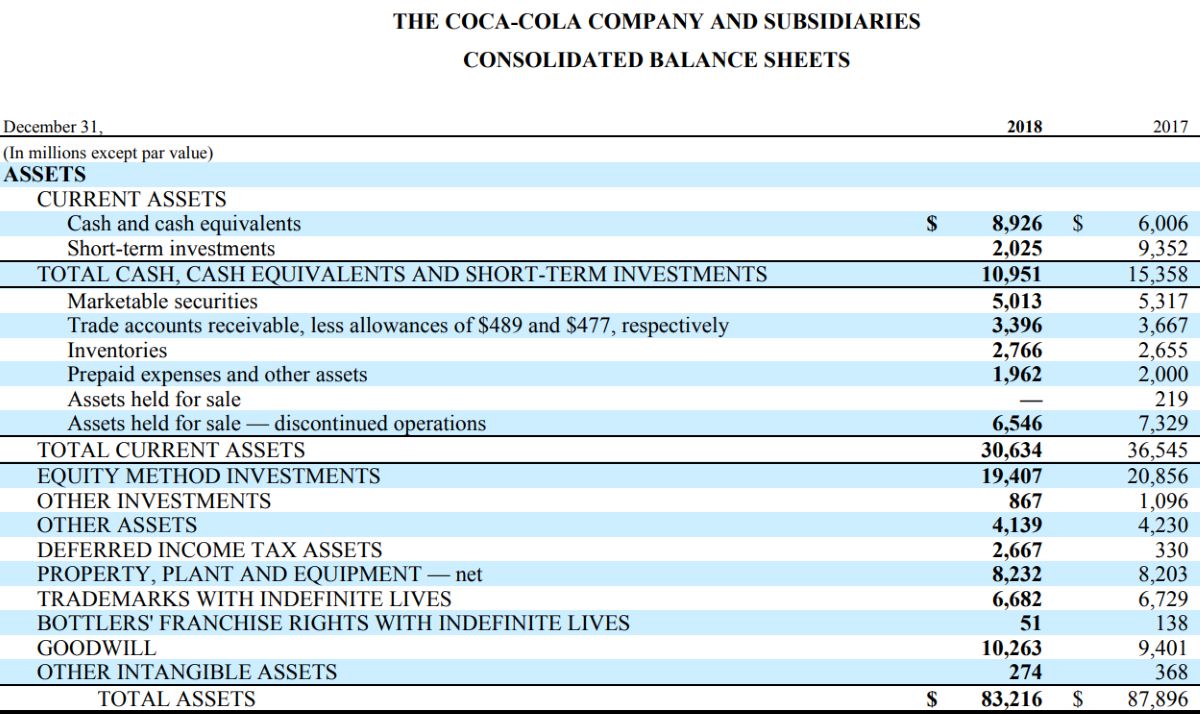

Finance
How Much Is Epidural Without Insurance
Published: November 13, 2023
Find out the cost of getting an epidural without insurance and explore financing options for your medical expenses.
(Many of the links in this article redirect to a specific reviewed product. Your purchase of these products through affiliate links helps to generate commission for LiveWell, at no extra cost. Learn more)
Table of Contents
Introduction
When it comes to managing pain during childbirth or certain medical procedures, an epidural can provide immense relief. However, if you do not have health insurance coverage, you may be wondering about the cost of getting an epidural. Understanding how much an epidural without insurance can cost is essential for financial planning and decision-making.
An epidural is a type of regional anesthesia that delivers pain medication, typically a mix of local anesthetics and opioids, directly into the epidural space in the lower back. This effectively numbs the nerves that transmit pain signals from the lower body, providing pain relief during labor, surgery, or other medical procedures.
The use of epidurals has become increasingly popular among women in labor, as it allows them to have a more comfortable experience with reduced pain. Additionally, epidurals are commonly used for pain management during surgeries such as cesarean sections or back surgeries.
One of the key concerns for individuals without insurance coverage is the cost of receiving an epidural. While prices can vary depending on various factors, it is important to have a general understanding of the potential expenses involved.
In general, the cost of an epidural without insurance can range from several hundred to several thousand dollars. The exact amount will depend on factors such as the location of the procedure, the specific hospital or clinic you visit, and any additional services or medications that may be required.
It is worth noting that the cost of an epidural often includes not only the medication itself but also the administration of the anesthesia by a trained anesthesiologist, as well as any monitoring or post-procedure care that may be necessary.
Understanding the factors that can affect the cost of an epidural without insurance is crucial in preparing for potential expenses and exploring options for financing. In the following sections, we will delve deeper into these factors and discuss available options for managing the cost of getting an epidural without insurance coverage.
Understanding Epidural
An epidural is a form of regional anesthesia that is administered through the insertion of a catheter into the epidural space in the lower back. This space lies just outside the protective covering of the spinal cord and contains the nerve roots that transmit pain signals.
During the procedure, a combination of local anesthetics and opioids is injected into the epidural space to numb the nerves and provide pain relief. This allows individuals to undergo medical procedures or manage labor pain with reduced discomfort.
Epidurals are commonly used during childbirth to provide pain relief during labor and delivery. They can be administered at various stages of labor and can be adjusted to provide different levels of pain relief. Epidurals can provide complete pain relief or a more moderate reduction in pain, depending on the dosage and individual needs.
In addition to labor and delivery, epidurals can also be used for pain management during surgeries such as cesarean sections, back surgeries, or other procedures where localized pain relief is required.
The effectiveness of an epidural can vary from person to person. While most individuals experience significant pain relief, some may still feel some sensation or pressure during labor or a surgical procedure. It is important to communicate with the healthcare provider during the administration of the epidural to ensure the desired level of pain relief is achieved.
Epidurals are considered safe and have been used for decades in medical practice. However, like any medical procedure, there are potential risks and side effects associated with epidurals. These can include a drop in blood pressure, headaches, itching, and temporary loss of bladder control. It is essential to discuss any concerns or existing health conditions with the healthcare provider before undergoing an epidural.
Overall, epidurals offer a widely recognized and effective method of pain relief during labor and certain medical procedures. Understanding the benefits, risks, and costs associated with epidurals is essential for making informed decisions and planning for the potential expenses of receiving an epidural without insurance coverage.
Why Is Epidural Used?
Epidurals are commonly used for pain management during labor and certain medical procedures due to their effectiveness in providing pain relief. Here are some key reasons why epidurals are used:
- Pain relief during labor: One of the primary reasons for using an epidural is to manage pain during childbirth. Labor can be an intense and physically challenging experience, and an epidural can provide significant pain relief, allowing women to have a more comfortable and manageable birthing experience.
- Pain management during surgeries: Epidurals are also used during surgeries where localized pain relief is necessary. This includes procedures such as cesarean sections, back surgeries, and other surgical interventions that require anesthesia to a specific area. By numbing the nerves in the lower back, epidurals can effectively minimize pain and discomfort during and after the procedure.
- Controllable pain relief: One of the advantages of epidurals is that they can be adjusted to provide the desired level of pain relief. Depending on the dosage and individual requirements, epidurals can range from providing complete pain relief to a more moderate reduction in pain. This flexibility allows healthcare professionals to tailor the pain management approach based on the specific needs of the individual.
- Enhanced maternal well-being: Pain management through epidurals can contribute to the overall well-being of the mother during labor and delivery. By reducing pain and discomfort, epidurals can help reduce stress and fatigue, allowing the mother to conserve energy for the birthing process.
- Improved surgical outcomes: In surgical procedures, epidurals can enhance surgical outcomes by allowing the patient to remain awake and alert, while effectively managing the pain associated with the procedure. This can lead to reduced stress levels, better cooperation during the surgery, and potentially faster recovery times.
It is important to note that the decision to use an epidural should be made in consultation with a healthcare provider. They will evaluate the individual’s medical history, current condition, and the specific circumstances to determine if an epidural is the appropriate pain management option.
While epidurals provide significant pain relief, they are not without potential risks and side effects. It is crucial to have a thorough discussion with the healthcare provider to understand the benefits, potential risks, and alternatives before undergoing an epidural.
Overall, epidurals are a widely accepted and effective method of pain management during labor and certain medical procedures. They offer individuals the opportunity to experience reduced pain and discomfort, contributing to a more positive birthing or surgical experience.
The Cost of Epidural Without Insurance
If you do not have health insurance coverage, the cost of getting an epidural can be a significant concern. While prices can vary depending on several factors, it is important to have a general understanding of the potential expenses involved.
On average, the cost of an epidural without insurance can range from several hundred to several thousand dollars. The exact amount will depend on various factors such as the specific hospital or clinic you visit, the geographic location, and any additional services or medications that may be required.
The cost typically includes not only the medication itself but also the administration of the anesthesia by a trained anesthesiologist, as well as any monitoring or post-procedure care that may be necessary.
It is worth noting that the price of the epidural may differ depending on the state or country you are in. For example, in the United States, the cost can be higher compared to other countries due to healthcare system variations and associated expenses.
If you are considering an epidural without insurance, it is essential to be proactive in researching and understanding the potential costs involved. Start by contacting hospitals, birthing centers, or clinics in your area to inquire about their pricing policies and any available payment options for individuals without insurance coverage.
Additionally, you may want to discuss your financial situation with your healthcare provider. They may be able to provide guidance on cost-saving measures, potential discounts, or alternative pain management options that may be more affordable for you.
While the cost of an epidural without insurance may seem daunting, it is important to prioritize your health and well-being. Exploring different financing options and understanding potential resources available in your community can help make the cost more manageable and ensure that you receive the necessary pain relief during labor or medical procedures.
In the following sections, we will delve deeper into the factors that can affect the cost of an epidural without insurance and discuss options for financing and managing these expenses.
Factors Affecting the Cost of Epidural
The cost of an epidural without insurance can vary based on several factors. Understanding these factors can help you get a better idea of what influences the price you may end up paying. Here are some key factors that can affect the cost of an epidural:
- Geographic Location: The cost of an epidural can vary depending on where you are located. Prices can be higher in urban areas or regions with a higher cost of living. It is important to consider the local market rates when estimating the potential cost.
- Hospital or Clinic: The specific hospital or clinic you choose can also impact the cost. Different healthcare facilities may have varying price structures and policies in place. Larger, more specialized hospitals may generally have higher costs compared to smaller clinics.
- Additional Services or Medications: The cost of an epidural may also include additional services or medications. For example, there may be charges for the insertion of a catheter, monitoring equipment, or post-procedure care. Any additional procedures or treatments required during the administration of the epidural can contribute to the overall cost.
- Provider Fees: The fees charged by the anesthesiologist or healthcare provider administering the epidural can impact the cost. The experience and expertise of the provider may also contribute to higher charges.
- Duration of Use: The duration for which the epidural is required can also affect the cost. Longer labor or procedures may require a higher dose of medication or a longer duration of monitoring, leading to increased expenses.
- Complications or Additional Treatments: If any complications arise during the administration of the epidural or if additional treatments are needed during or after the procedure, these can add to the overall cost. It is important to discuss any potential risks or additional treatments with your healthcare provider.
It is important to note that these factors are not exhaustive, and other variables can come into play in determining the cost of an epidural without insurance. It is always recommended to directly contact healthcare facilities and discuss your individual circumstances and needs to get a more accurate estimate of the cost.
Understanding the factors that influence the cost of an epidural can help you make informed decisions and plan for potential expenses. In the next section, we will explore different options for financing an epidural without insurance coverage.
Options for Financing Epidural without Insurance
If you do not have health insurance coverage, there are still options available for financing the cost of an epidural. Here are some potential avenues to explore:
- Payment Plans: Contact the healthcare provider or hospital where you plan to receive the epidural and inquire about the possibility of setting up a payment plan. Many hospitals offer flexible payment options that allow you to spread out the cost over time, making it more manageable for your budget.
- Public Assistance Programs: Depending on your location, there may be public assistance programs or low-income health clinics that can provide financial aid or reduced-cost services. These programs aim to help individuals who do not have insurance coverage access necessary healthcare services, including pain management options like an epidural.
- Charitable Organizations and Foundations: Some charitable organizations or foundations may offer grants or financial assistance for medical procedures. Research and reach out to organizations that focus on supporting individuals in need of healthcare services to see if they can provide any financial aid for your epidural.
- Healthcare Savings Accounts (HSAs) and Flexible Spending Accounts (FSAs): If you have an HSA or FSA, you may be able to use the funds in these accounts to cover the cost of the epidural. Check with your account provider to understand the eligibility and process for using these funds for medical expenses.
- Medical Tourism: Depending on your circumstances and location, you may find it more cost-effective to travel to a different country where the cost of healthcare procedures, including epidurals, is lower. However, it is important to thoroughly research and consider the potential risks and challenges associated with medical tourism before making such a decision.
- Personal Loans or Medical Credit Cards: If you are comfortable taking on debt, you can consider applying for a personal loan or using a medical credit card to cover the cost of the epidural. Be sure to carefully review the terms and interest rates before committing to any loan or credit card agreement.
It is important to thoroughly research, compare options, and carefully consider your financial situation before making any decisions regarding financing an epidural without insurance. Discussing your circumstances with a financial advisor or healthcare provider can provide valuable guidance in finding the best solution for your specific needs.
Remember to maintain open and transparent communication with the healthcare provider regarding your financial situation. They may be able to work with you to find a suitable solution or offer additional resources to help manage the cost of the epidural.
By exploring these financing options, you can minimize the financial burden and ensure that you receive the necessary pain relief during labor or medical procedures.
Conclusion
Receiving an epidural without insurance coverage can be a source of concern for many individuals. Understanding the potential costs, factors that affect the pricing, and available options for financing can help alleviate some of the financial burden associated with this pain management option.
While the cost of an epidural without insurance can vary, it is important to research and inquire about pricing policies at local hospitals, clinics, or birthing centers. Exploring payment plans, public assistance programs, and charitable organizations can provide avenues for financial support. Additionally, utilizing healthcare savings accounts, considering medical tourism, or exploring personal loans or medical credit cards can offer alternative financing options.
When considering an epidural without insurance, it is crucial to prioritize your health and well-being. Discussing your financial situation with healthcare providers and being proactive in seeking information about potential costs can help you make informed decisions.
Remember, it is essential to have open and transparent communication with your healthcare provider throughout the process. They can help you understand the benefits, potential risks, and alternatives to epidurals, as well as provide guidance on managing the cost of this pain management option.
Ultimately, by taking the time to research and evaluate your options, you can find ways to make the cost of an epidural more manageable. Your focus should be on ensuring a comfortable and safe experience during labor or medical procedures, regardless of insurance coverage.
Remember to consult with healthcare professionals and financial advisors to determine the most suitable approach for your specific circumstances. With careful planning and exploration of resources, you can navigate the financial aspect of receiving an epidural without insurance and focus on the well-being of you and your loved ones.














